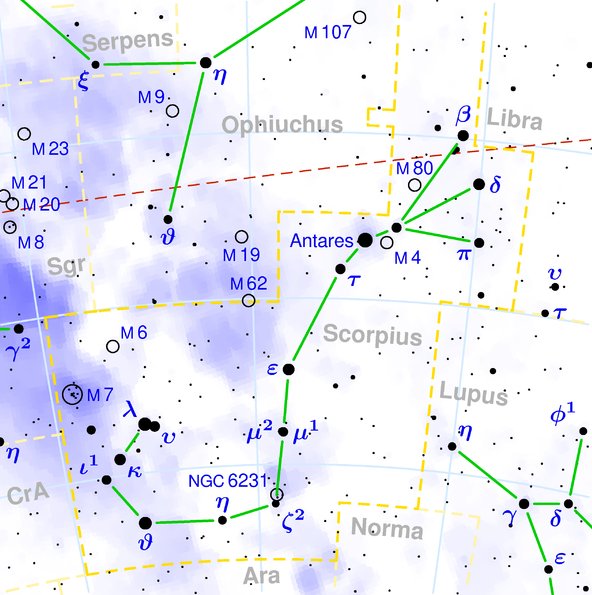|
I have not documented in my star list the culmination dates (at 21h) for every star, but it is possibly to deduce which pair of stars were culminating in July 5 and July 9:
July 9 was 2 days before July 11 when Antares culminated and July 5 was 6 days before Antares culminated. According to my assumtion for the era for rongorongo Antares would have risen with the Sun at right ascension day *249 and we should therefore look for which stars would have risen with the Sun in right ascension day *249 - *2 = *247 respectively in right ascension day *249 - *6 = *243. And in order to obtain a better overview we can rely on the G text. From the 'Heart' at Ga7-14 (glyph number 183 on side a of the tablet) we should add 132 glyphs in order to reach number 183 + 132 = 315 (one more than 314):
Anciently the month of January ended with day 29. By the way, we should take notice of the similarity between Sb2-8 and the pair of odd glyphs immediately after JANUARY 29:
There was a strict order in order to avoid chaos. We can therefore see that the distance 136 days from December 31 to heliacal Alcyone (in May 16) should pair up with 227, i.e. the distance from heliacal Antares in November 25 to its culmination (at 21h) in July 11 (557 - 365 = 192 (= 181 + 11) was no coincidence.  |
||||||||||||||||||||||||||||||||||||||||||||||||||||||||||||||||||||||||||||||||||
